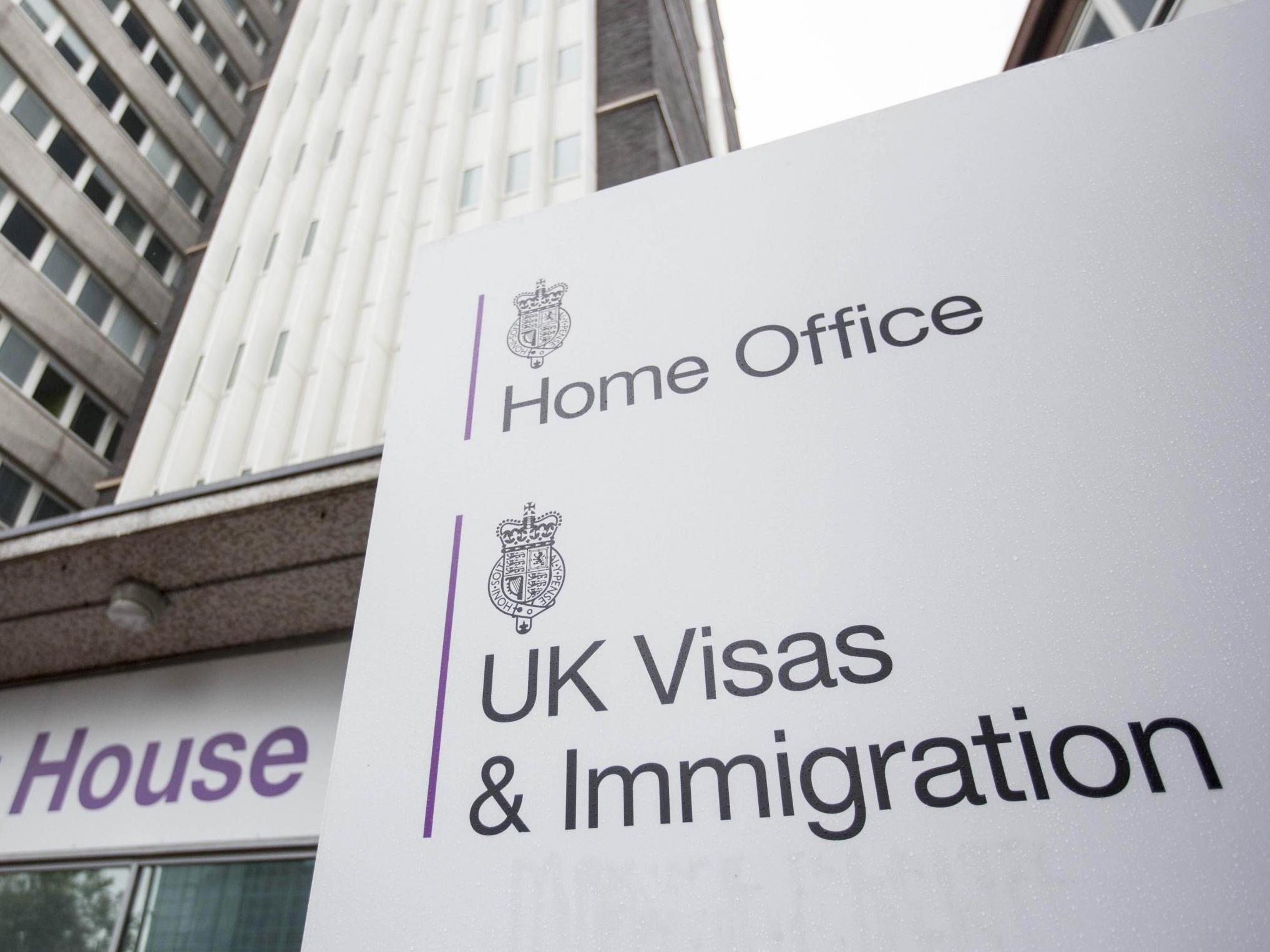Introduction of the Skilled Worker route
The Skilled Worker route is for both EEA and non-EEA nationals who wish to come to the UK for the purpose of working in a skilled job they have been offered. It replaces the Tier 2 (General) route. The key characteristics of the new route will be the same – an applicant must be sponsored to do a specific job, which meets skill and salary requirements, by an employer that has been licensed by the Home Office. The main differences between the Tier 2 (General) route and the Skilled Worker route are outlined below:
- The minimum skill threshold is being broadened from graduate occupations to occupations skilled to RQF level 3, roughly equivalent to A-levels or Scottish Highers. Applicants will not need to hold a formal qualification; it is the skill level of the job they will be doing which determines whether the threshold is met.
- The general salary threshold is being lowered from £30,000 a year to £25,600 a year. As is currently the case, sponsors must pay their skilled workers a salary which equals or exceeds both this threshold and the “going rate” for the occupation, whichever is higher. Going rates are being updated in line with newer salary data and the recommendations of the independent Migration Advisory Committee (MAC).
- Sponsored workers may be paid less than the above amounts, depending on the tradeable points they are awarded. Applicants must be awarded 70 points in total. Meeting the mandatory criteria (sponsorship, skill level and English language skills – C1 as a minimum) will result in 50 points. An applicant may be awarded the remaining 20 tradeable points through a combination of points for salary, a shortage occupation or a relevant PhD qualification.
- The cap which currently applies under Tier 2 (General) is being suspended. This will reduce the end-to-end process for sponsoring skilled workers by up to four weeks.
- There will be no requirement for sponsors to undertake a Resident Labour Market Test. This will remove at least a further four weeks from the end-to-end process for sponsoring skilled workers. Sponsors must still be seeking to fill a genuine vacancy which meets the skill and salary thresholds of the new route. Also, the implementation of ‘Choose out of 200’ scheme is under discussion.
- The criteria used to identify a “new entrant to the labour market” are being amended.
- The 12-month “cooling off period” and six-year maximum length of stay in the route are being removed.
- The £35,800 salary threshold for settlement applications is being removed. Instead, sponsors must pay their skilled workers a salary which equals or exceeds £25,600 per year and the going rate for the occupation.
- Those sponsored in shortage occupations or listed health or education occupations may be paid £20,480 per year but their salary must equal or exceed the going rate for the occupation. Other salary reductions permitted through tradeable points will not apply to settlement applications.
The Migration Advisory Committee (MAC) published its report on 29 September setting out recommendations on the Shortage Occupation List. We are considering their recommendations carefully before taking any final decisions.
English Language
The Home Office enforces C1 equivalent English language test for all the new employees coming from January 2021. Here is an image band equivalent from official IELTS website: https://www.ielts.org/ielts-for-organisations/common-european-framework

![]()






